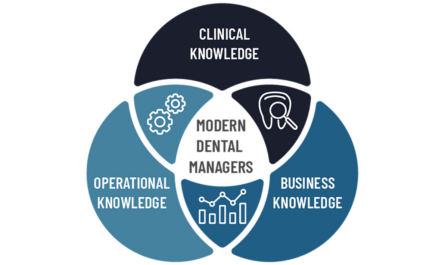Agency preparing to update its 2003 infection control guidelines
The Centers for Disease Control and Prevention is updating its 2003 “Guidelines for Infection Control in Dental Health-Care Settings,” and hopes to publish proposed recommendations in 2015, according to speakers at the OSAP 2013 Symposium. (OSAP is the Organization for Safety, Asepsis and Prevention.)
CDC researchers and others have been reviewing – and will continue to review – scientific evidence and literature concerning the risk of transmission in dental settings, focusing on unresolved and emerging issues not covered in the 2003 document. Those issues include the following.
- Surgical smoke. This issue was discussed in the 2003 guidelines, which noted that some viruses and bacteria had been detected in laser plume. But no recommendations were made.
- Burs and endodontic files. The overarching issue is single-use vs. repeated-use burs and files. The 2003 guidelines noted the difficulty of cleaning, but made no recommendation.
- Prions Creutzfeldt-Jakob Disease, and the risk of transmission via pulpal tissue, contaminated instruments, etc. The CDC’s 2003 guidelines noted the resistance of the disease to standard sterilization procedures, but no recommendations were made.
- Methicillin-resistant Staphylococcus Aureus. MRSA was not covered in 2003, though the CDC did publish a review in 2008 advising strict adherence to standard precautions.
- Clostridium difficile. Like MRSA, C. difficile was not covered in the 2003 guidelines. The agency intends to review guidelines and literature, and to tackle the subject in the upcoming guidelines.
- Double-gloving and its effectiveness in preventing disease. In 2003, perforation studies suggested that double-gloving could provide additional protection from blood contact, but studies failed to demonstrate its effectiveness in preventing disease transmission. Hence, no recommendations were made 10 years ago.
- Dental unit water lines, specifically, frequency of monitoring. In 2003, the CDC noted that clinical monitoring of water quality can ensure that procedures are correctly performed and that devices are working in accordance with manufacturer’s previously validated protocol. At the same time, the agency noted the lack of information to determine optimal frequency for each type of water maintenance system. The recommendation was to consult with the manufacturer to determine the best method for maintaining acceptable water quality (< 500 CFU/mL) and recommended frequency of monitoring. For the upcoming recommendations, the agency intends to review the literature, and discuss the issue with the Food and Drug Administration and the Environmental Protection Agency.
- Sterilizers. Ten years ago, the CDC recommended at-least-weekly monitoring using biological indicators, and monitoring of each load with mechanical and chemical indicators. Since 2003, a number of sterilizer-related recommendations have been issued, such as daily monitoring when processing multiple loads. In addition, new classes of chemical indicators have appeared since 2003. As it works on updating the 2003 guidelines, CDC intends to search the literature for new evidence, review the 2008 CDC guidelines, review American National Standards Institute/Association for the Advancement of Medical Instrumentation (ANSI/AAMI) standards, and consult with the FDA.




